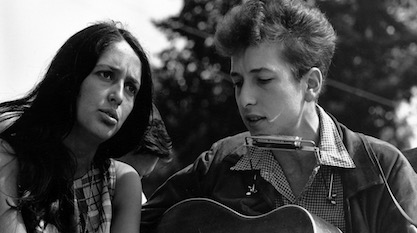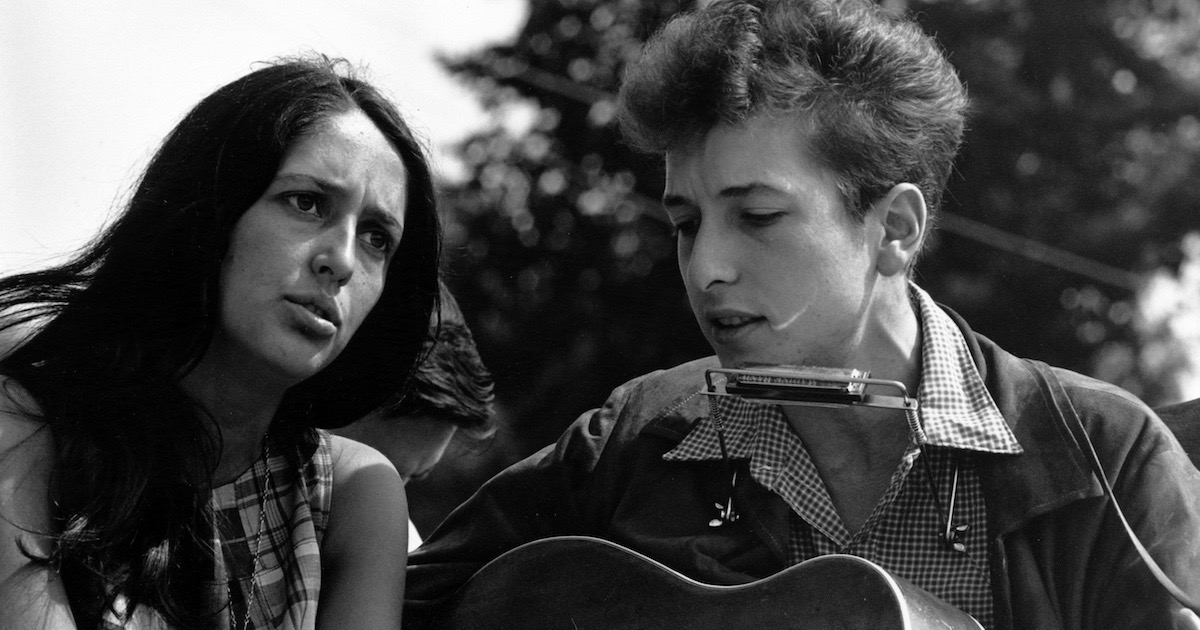 Neuroscience & Mind
Neuroscience & Mind
“Bot Dylan” Is a Mechanical Mockingbird


Bob Dylan recently won the Nobel Prize for literature. As Dylan is a musician, it surprised more than a few. But Dylan’s songs were never really about the music. The music merely carried the message. Dylan’s creative force is in his words. The Nobel Prize committee got that and rewarded him for it. Dylan, steeped in traditional American folk music and blues, created words that really did define a generation.
Dylan, whose acceptance speech was given by the United States Ambassador to Sweden, later recorded a lecture for the Nobel Prize organization. In it he describes his religious-like epiphany in attending a Buddy Holly concert and the formative impact a Lead Belly album had on him. He then summarizes three classics of Western literature from which he drew themes in his lyrics. It is a good lecture. It shows the development of one of the great — even if you do not care for his music — artists and creative forces of the last one-hundred years.
Steve Jobs once said, misattributing the quote to Pablo Picasso, that “good artists copy, great artists steal.” He meant that low-grade art — such as elevator music and formulaic pop songs — merely copies other artists. It mimics. Great artists, such as Bob Dylan, do not. They steal from their inherited and learned culture. They then recombine to create things new. Jobs’s Macintosh was like the Xerox Star that he had seen, but it was more than that and different. He did not merely copy; he stole from a flailing research project to create a computer that defined the modern interface. Dylan, like Jobs, stole from his Western heritage — the folk music of his epiphany and the classic Western literature canon. He then bent those existing forms and themes into his own design. That is what the Nobel Prize committee saw; that is why they rewarded him.
Creativity has eluded encoding. Programmers have failed to make machines that create as humans create. But now, researchers claim to have narrowed the gap. Dr. Oded Ben-Tal, a Senior Lecturer in Music Technology at London’s Kingston University, has created a “computer composer.” The researchers nicked-named their tool “Bot Dylan,” both missing what their creation is not and unintentionally emphasizing what it is. Despite the accolades and “surprise” at the “quality” of the machines “creations,” Bot Dylan is nothing more than a mimic. It is not a new, artificially intelligent creative force, nor does it mark a “significant step forward for the capabilities of artificial intelligence.”
Bot Dylan is not an intelligent machine. It is a mimicry machine; a machine that recognizes patterns (albeit, in a loose and flexible way). The (so-called) Neural Networks in these machines are not one-way streets: The same software (more or less) that identifies a pattern (say, a picture of a cat) can, when output is fed as input, “create” similar patterns. Google re-tooled Deep Mind as Deep Dream to create “original,” dream-like images, some reportedly selling for thousands of dollars — which says more about the buyers’ taste in art than the creativity of the machine.
The London researchers trained their pattern recognizers with over 23,000 samples, in a simplified form, of Celtic music. They choose Celtic music because it has well-defined patterns suitable for a machine. (As the snafus with self-driving cars continue to show, computers handle repetition well; the novel and unique is what throws them.) The machine-generated tunes surprised the researchers with the “quality of the music.” But Dr. Ben-Tal admits the machine has “no concept of how rhythm works” — that it merely mimics the songs in its training set — and that it will never “replace human composers.”
Bot Dylan is a mechanical mockingbird that captures and programmatically copies human creativity. Despite the writer’s effusive hopes, the machine does not represent a “significant step forward” for Artificial Intelligence. It is yet more of the same: Hardworking researchers and computer scientists can encode fragments of human-like abilities into machines that then generate, in carefully constrained cases, human-like results. We can, however, creatively adjust Jobs’s misattributed quote: Machine artists copy, human artists steal. Creativity remains, like Bob Dylan’s lyrics, a unique, human characteristic. Mimicry is not creativity.
Photo: Bob Dylan and Joan Baez, by Rowland Scherman (U.S. National Archives and Records Administration) [Public domain], via Wikimedia Commons.
